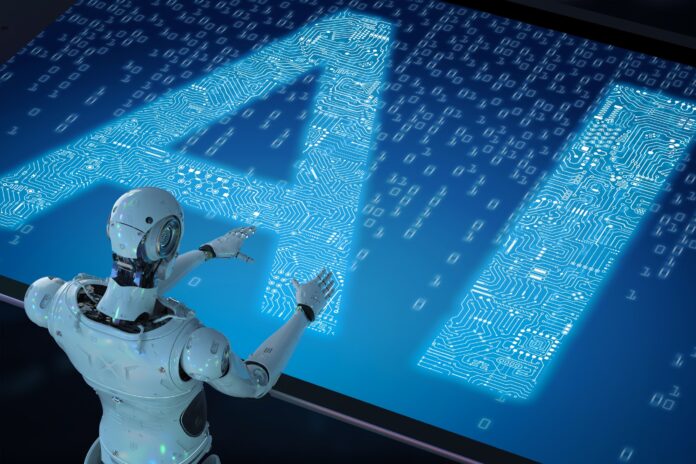Since the advent of the first computer in the mid-20th century and the launch of Apple’s inaugural iPhone in 2007, technology—and the software development behind it—has transformed our daily lives. Recent global challenges, such as the pandemic, have only accelerated the demand for innovative tech solutions.
However, as this need grows, software development faces unprecedented challenges. Traditional, small-scale development methods are reaching their limits. For instance, in India—a key hub for tech talent—employee turnover exceeded 30% in 2021, while salaries jumped by over 50%. Additionally, the conflict in Ukraine has effectively isolated about 450,000 tech workers in Russia and Belarus from Western markets.
Rethinking Development Through Adaptability
The rapid pace of technological change, combined with significant socio-economic and political shifts, necessitates a smarter approach to building software. We must create systems that can learn, adapt, and evolve to meet both current and future demands. Artificial Intelligence (AI) now plays a crucial role in this evolution, powering advancements across areas like big data, robotics, and the Internet of Things. By analyzing user history, behavior, and current trends, AI quickly addresses diverse user needs using advanced learning methods and natural language processing techniques.
AI’s capabilities allow systems to process vast amounts of data with minimal human intervention. As AI becomes more sophisticated, it not only improves immediate outcomes but also anticipates and plans for future needs. This transformative power is making software development more accessible and efficient for businesses of all sizes.
Enhancing Decision-Making and Efficiency
AI is revolutionizing development by streamlining the decision-making process through what can be seen as an AI-powered assembly line. Much like a traditional assembly line that builds on previous work, this approach leverages past insights to create more cost-effective and rapid software solutions. When combined with human creativity, these techniques can boost development speed up to six times while significantly cutting costs.
In coding, where even a minor error like a missing parenthesis can cause major issues, AI tools can detect and correct mistakes automatically, saving countless hours that would otherwise be spent on debugging. This efficiency allows developers to focus on creative problem-solving.
Moreover, AI helps manage backend maintenance by identifying redundant features across different codebases, streamlining processes and reducing overall expenses. For instance, predictive coding can reduce keystrokes by up to 70%, allowing businesses to save both time and money. AI also enhances testing by catching errors early and running more comprehensive tests, ensuring that potential issues are addressed before software is fully deployed.
Balancing Automation with Human Insight
Despite these advances, the human element remains crucial. Many projects fail because they do not align with user expectations. Gathering and analyzing user feedback is labor-intensive, but AI can simplify this process by interpreting user behaviors and needs, helping developers tailor their projects more effectively.
Ultimately, while AI takes over repetitive and routine tasks, human ingenuity continues to drive innovation. AI’s ability to translate human intentions into software actions will be a key factor in the rise of no-code development platforms. With AI handling the heavy lifting, developers are free to innovate, create, and solve complex problems.




